Apple Vision Pro is the next definition of virtual reality with stunning design and jaw-dropping features. However, Meta has been the frontrunner in the AR/VR sphere with their Quest headset. Naturally, everyone wants to know who wins – Apple Vision Pro vs Meta Quest 3.
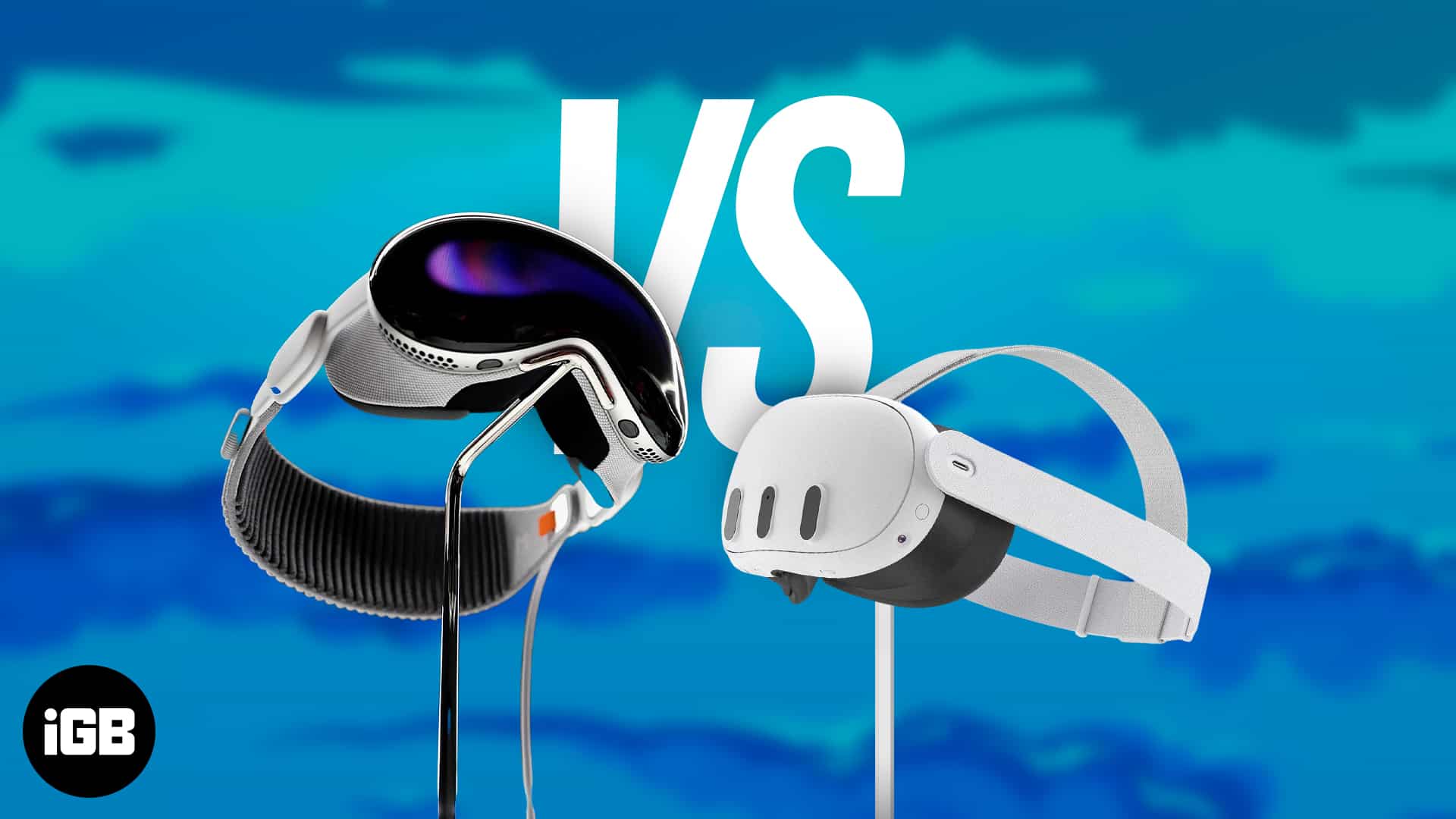
So, we have tried to analyze the Vision Pro and Quest 3 on multiple parameters, like price, build and battery life, performance, OS, content, and display. This extensive comparison should help you decide what you should get!
Apple Vision Pro vs Meta Quest 3 – Design
The most important aspect of any AR/VR headset is its design, followed by the comfort it provides. Let’s break down each element of the design language to see which one stands out.
Apple Vision Pro
Apple is known for its groundbreaking design sensibility in its products. The same applies to Vision Pro – it’s got a near-perfect design. If we go by the first look, the headset resembles a curved iPhone sprinkled with some elements of the Apple Watch (like the digital crown).
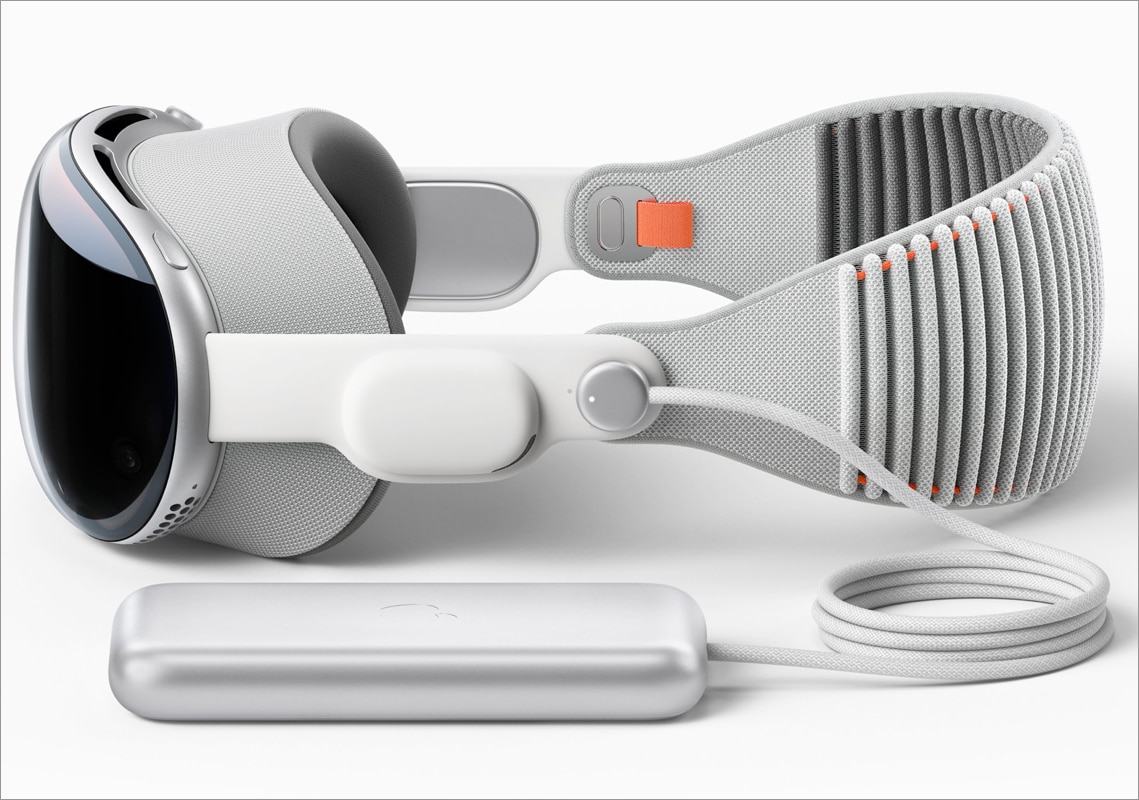
Made of an aluminum alloy frame, the upcoming headsets support a stunning display wrapped beneath a curved pane of 3D laminated glass. In addition, the device includes a stack of 12 cameras and six microphones to ensure hands-free control using eyes, hands, and voice.
The modular design of the frame ensures that the Light Seal fits on your face seamlessly. Further, Apple’s Vision Pro houses an external screen feature called EyeSight that makes the eyes and expressions of the headset wearer visible to others.
It turns on automatically when it senses someone in proximity to the wearer. Also, the wearer sees the outside world in full detail. That’s commendable, indeed! The Apple headset has a 3D knitted fabric-based Head Band, which has a customizable locking solution.
Here, you will also find the audio pods offering an immersive spatial audio experience. On the top, the Vision Pro has the action button that takes spatial photos and videos, while the other button is the crown that helps you control the immersion level in Vision Pro’s “Environments.”
Note: Environments are immersive virtual landscapes that surround the Vision Pro user within the virtual ecosystem.
Meta Quest 3
Meta Quest 3 is a refined upgrade from the brand with a 40% smaller size. The headset features a white-gray chassis and rounded sides, giving a more compact exterior. However, at 18.2 ounces, it is a tad bit heavier than the Quest 2, which measures 17.7 ounces.
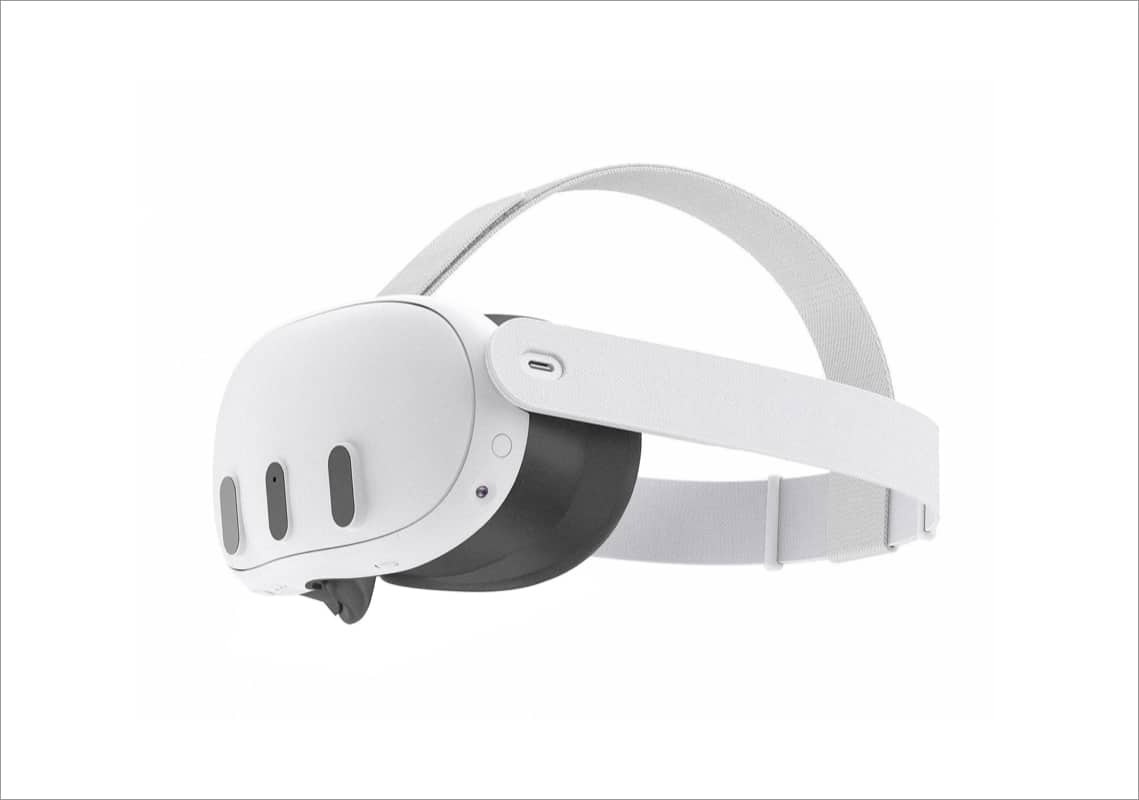
Carved out of plastic, Quest 3’s front houses four cameras in two vertical arrays, with an infrared emitter aligned between them. Two spatial cameras also find their place at the headset’s bottom. You get a pupillary distance adjustment dial and volume rocker on the left underside.
The power button and a three-contact connection for the charging dock (optional) are also found here. The headband features a three-point adjustable harness paired with elastic straps. You can wrap the straps vertically and horizontally around your head.
Moreover, the strap adopts a new Y-shaped spacer at the back of your head, giving a more secure fit. The soft, padded cushions snugly fit your face while blocking most peripheral light. In addition, the right arm carries a 3.5mm headphone jack; the left has a USB-C charging port.
Moreover, both the arms carry built-in speakers. Quest 3 has Touch Plus controllers that offer better spatial detection, haptics, and virtual interactions. Their ergonomic design includes a two-stage index trigger for more seamless controls.
Apple Vision Pro vs Meta Quest 3 – Display
Apple Vision Pro houses dual micro-OLED screens with a total of over 23 million pixels. Claimed to offer a “better-than-4K” resolution, the headsets provide an uncompromising detailed viewing experience. The 3D layered user interface seamlessly places tech on top of your natural surroundings.
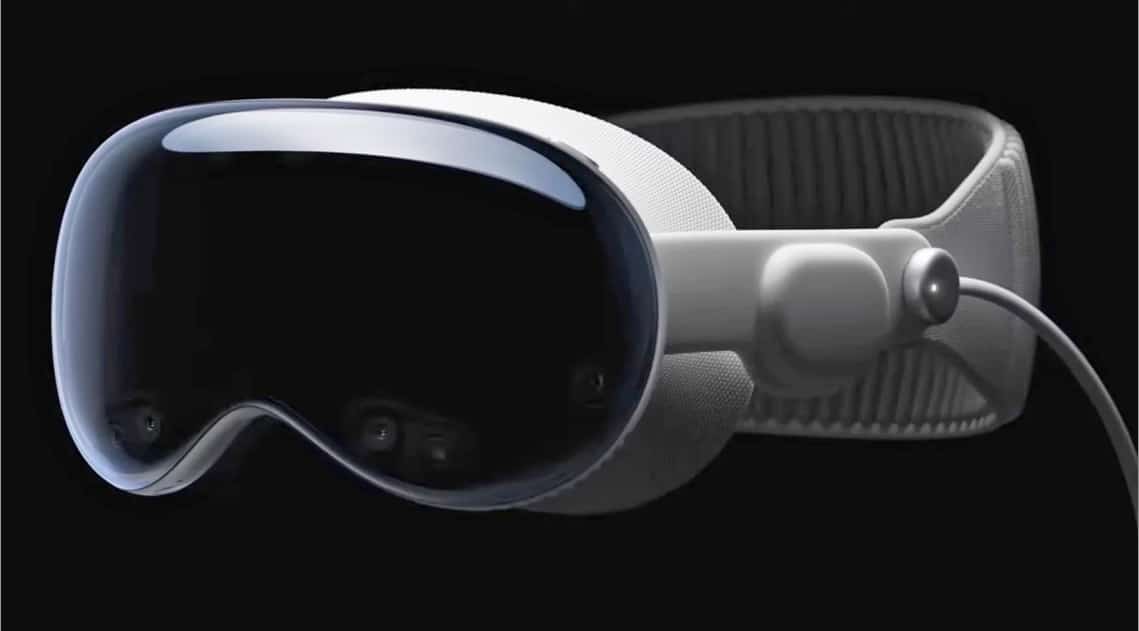
The dynamic nature of the overlay ensures that it reacts to light and casts virtual shadows on surfaces. In addition, the LiDAR sensor and front cameras give 3D mapping of your outer world. The experience is so impactful that it blurs the line between real and virtual ecosystems.
Regarding the display battle of Apple Vision Pro vs. Meta Quest 3, the latter provides a flawless display. It has two LCDs, offering an improved 2064×2208 resolution per eye. The refresh rate varies between 72Hz, 80Hz, or 90Hz. However, a 120Hz resolution is also available as an experiment.
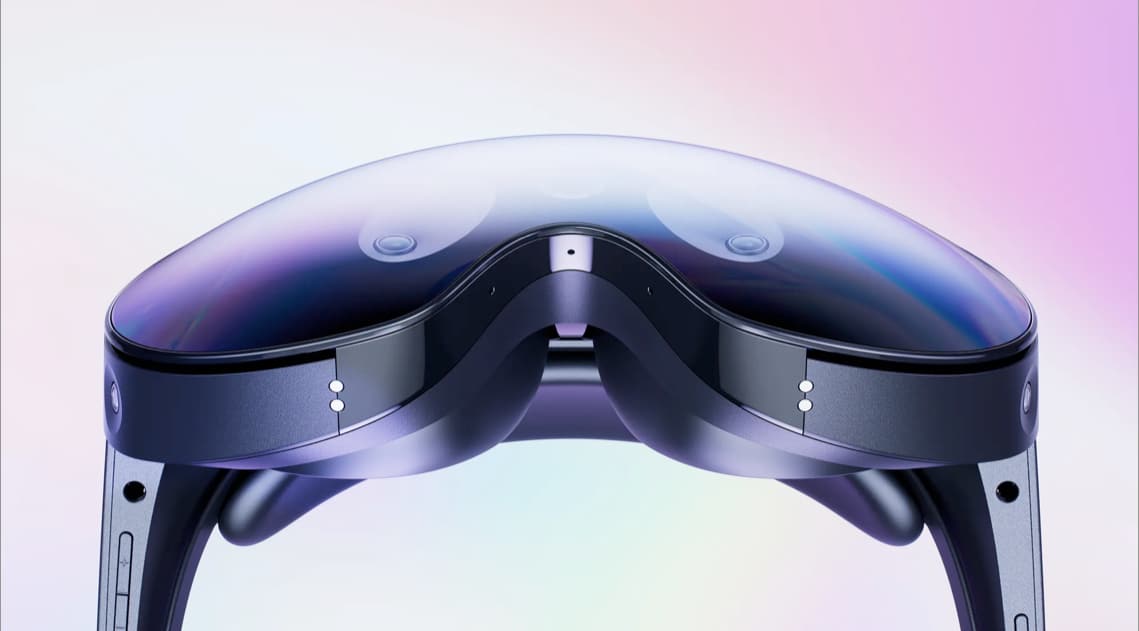
Moreover, the device is designed to deliver 1218PPI and a field-of-view of 110 degrees horizontally and 96 degrees vertically. With a solid display configuration, Meta Quest 3 gives a 4K Infinite Display for all virtual reality lovers.
Apple Vision Pro vs Meta Quest 3 – Cameras and sensors
These mixed reality headsets are capable of transporting the user to the augmented world, thanks to their advanced built-in cameras and sensors. Let’s see how Apple and Meta compete in this measure:
Apple Vision Pro
Apple Vision Pro houses a collection of 12 cameras, a LiDAR scanner, a depth projector, and six microphones. The front glass features eight cameras. Out of which, two cameras give a 6.5-megapixel resolution dedicated to the passthrough view.
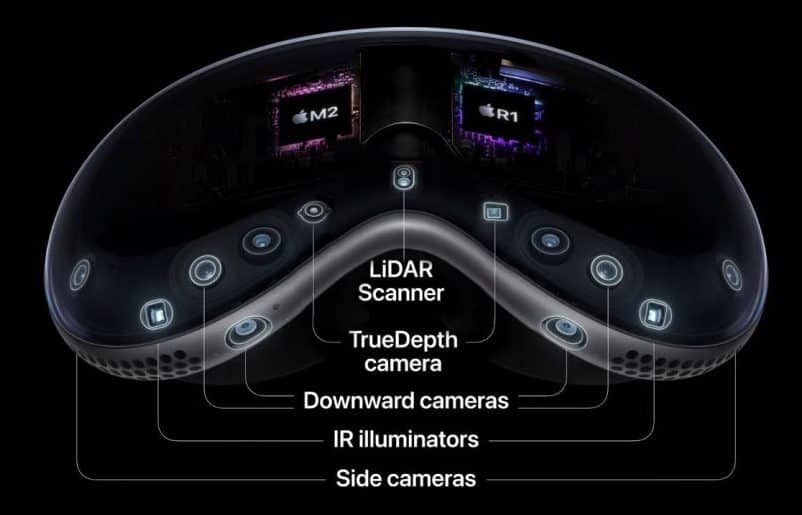
With the remaining cameras, the headset supports positional tracking. Alongside, there are four eye-tracking cameras and one TrueDepth camera.
Vision Pro also includes ambient light and flicker sensors to create a balanced match between virtual and real-world lighting.
Meta Quest 3
The curved face of Meta Quest 3 has four robust cameras arranged in two vertical arrays and an infrared emitter sandwiched between them. Out of this, two cameras work for spatial tracking, while the other two are the 4MP RGB cameras to give a color-passthrough view.
With RGB cameras, you can view your virtual surroundings more naturally and in detail than Quest 2. It also triggers augmented reality, adding a realistic touch to virtual glimpses. Plus, two spatial tracking lenses are also available at the bottom edge.
Become an iGeeksBlog Premium member and access our content ad-free with additional perks.
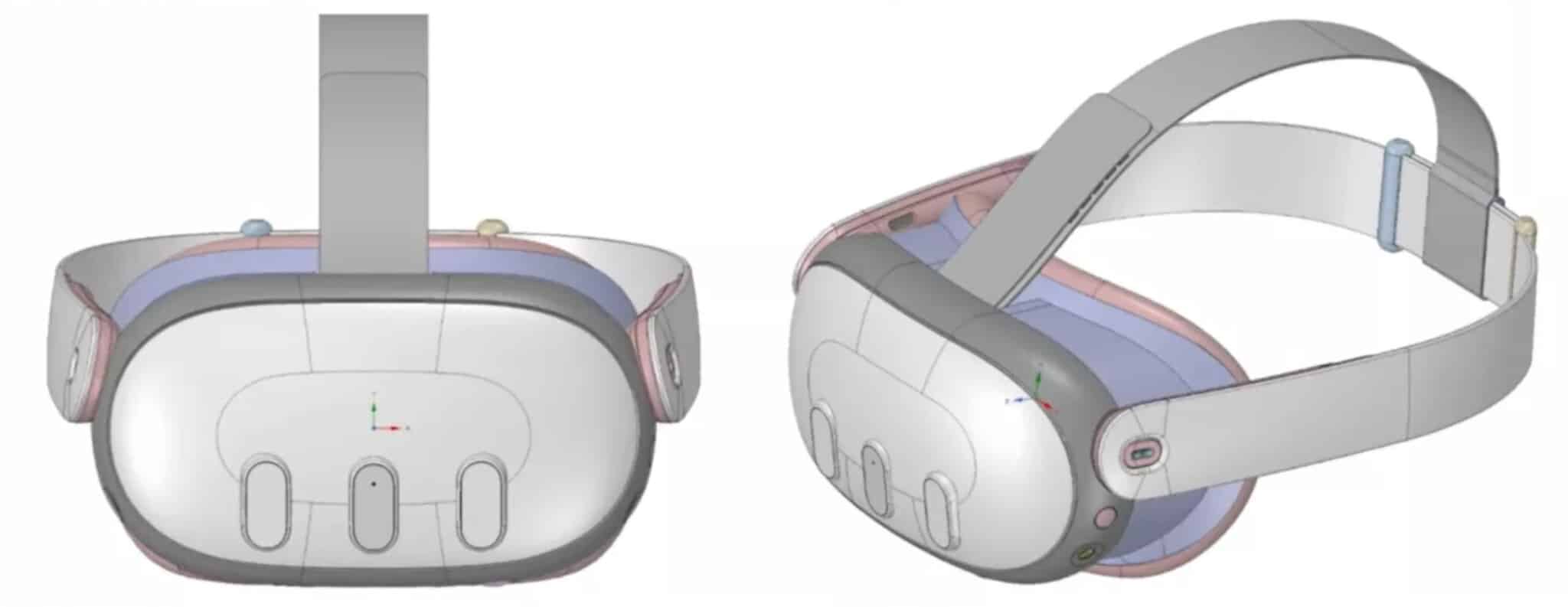
However, unlike Apple Vision Pro, Quest 3 doesn’t feature eye-tracking. You cannot control the device with a glance. This comes as a major bummer for gamers.
For sensors, the front frame has a time-of-flight sensor to bless you with better motion and spatial detection. The smooth hand tracking ensures easy interactions in the virtual space.
Apple Vision Pro vs Meta Quest 3 – Software and key areas of focus
Software is another significant difference between Apple Vision Pro and Meta Quest 3. Apple is promoting the technology behind Vision Pro as Spatial Computing.
It focuses on productivity, entertainment, and gaming. To ensure excellence, Apple has created a dedicated operating system named visionOS for its AR/VR headsets.

Vision Pro headsets are packed with features like the revamped App Store, immersive environments, and 3-D interface. Further, the device will be a blessing for online gamers. It will allow them to enjoy Apple Arcade games on floating, flat screens.
To everybody’s surprise, Apple is looking forward to creating new AR/VR games for its headsets and has rolled out multiple APIs for third-party developers to work on.
On the other hand, the Meta Quest ecosystem is a gamer’s heaven. It boasts an array of intuitive VR games, including top names like Beat Saber, Pistol Whip, Resident Evil 4, and Superhot VR. Meta is planning to offer a better AR gaming experience in Quest 3.
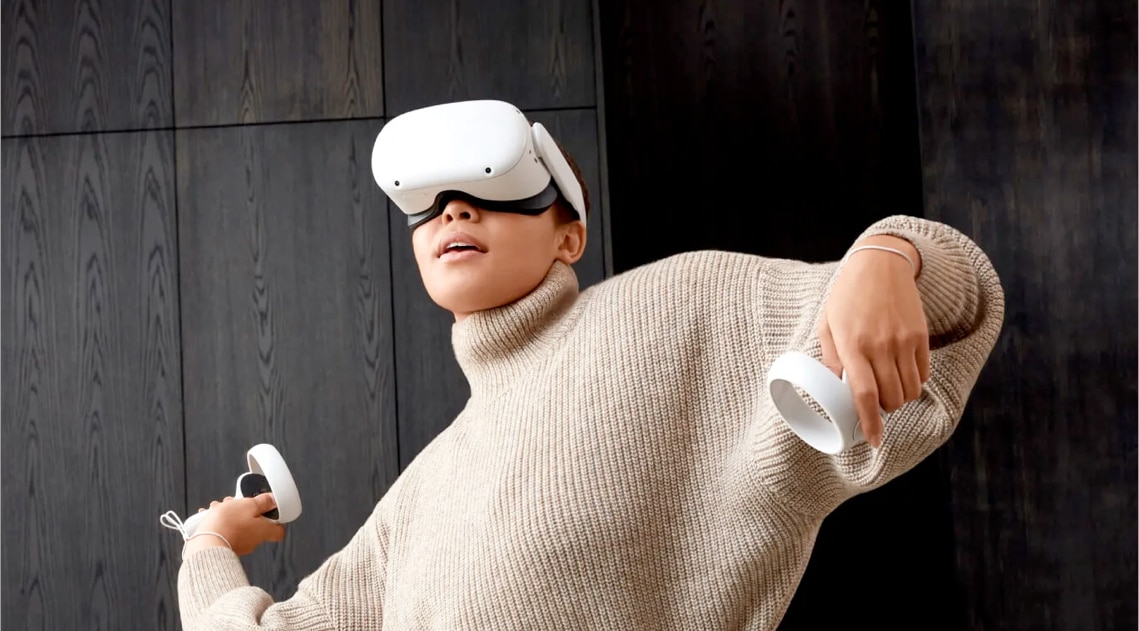
Precisely, the work alignment for both Vision Pro and Quest 3 will be pretty similar. Users can employ them to access apps/websites and stream movies/TV shows in a real virtual environment.
Interestingly, the Apple Vision Pro unlocks your access to the iOS ecosystem. Unfortunately, Meta does not host such a diverse pool of features.
Apple Vision Pro vs Meta Quest 3 – Battery and performance
Apple’s Vision Pro houses an M2 processor and a new R1 chip to manage the data wired from cameras and sensors. For batteries, both Vision Pro and Quest 3 come with a plug-in battery pack. Apple’s device offers 2 hours of battery life, while Meta claims their headset can run for up to 3 hours on a single charge.
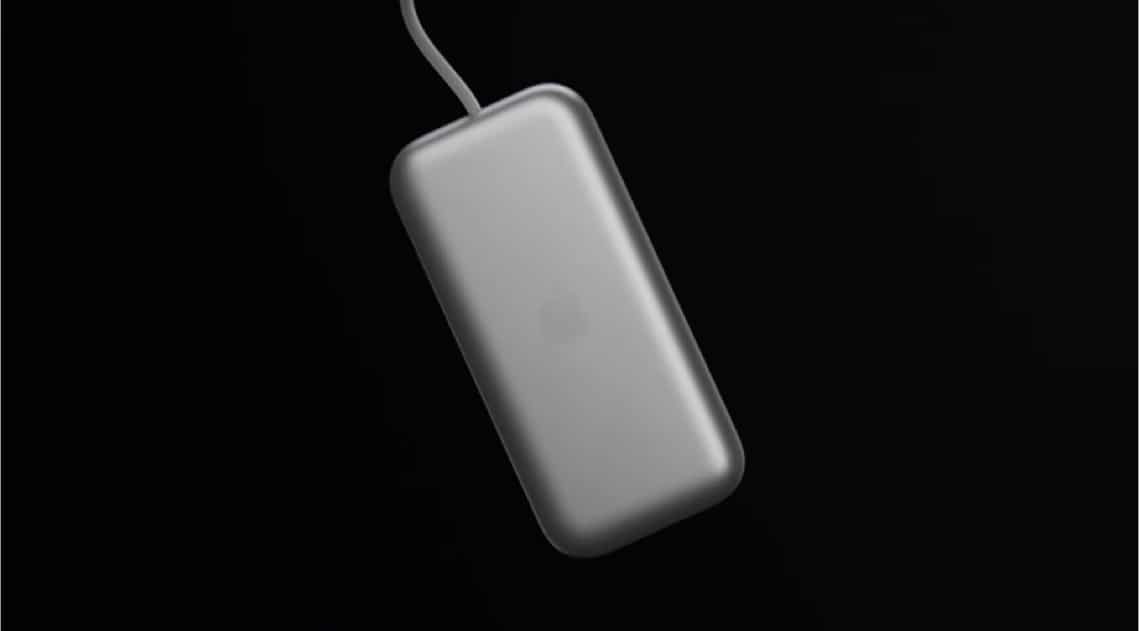
These compact packs are handy and easy to carry in a pocket. However, you can use a wall plug to keep the gadget running longer.
Meta Quest 3 is powered by the Qualcomm Snapdragon XR2 Gen 2 SoC and 8GB RAM. The manufacturer claims that the power combo speeds up the loading times and doubles the GPU performance.
For battery, you will only get 2-3 hours of run, mainly depending upon the apps you are using and a few other factors. There is also a special Elite Strap that doubles the uptime when plugged with a battery pack.
Apple Vision Pro vs Meta Quest 3 – Price
With the Vision Pro announcement, Apple has finally played its first card against its competitors in the AR/VR war. While the mixed reality gadget is already winning hearts for its outstanding features, its hefty price tag has stunned the Apple fam.
The device is priced at $3,499 for 256GB storage. Now, you need to love Apple a lot to spend a whopping amount on a headset.
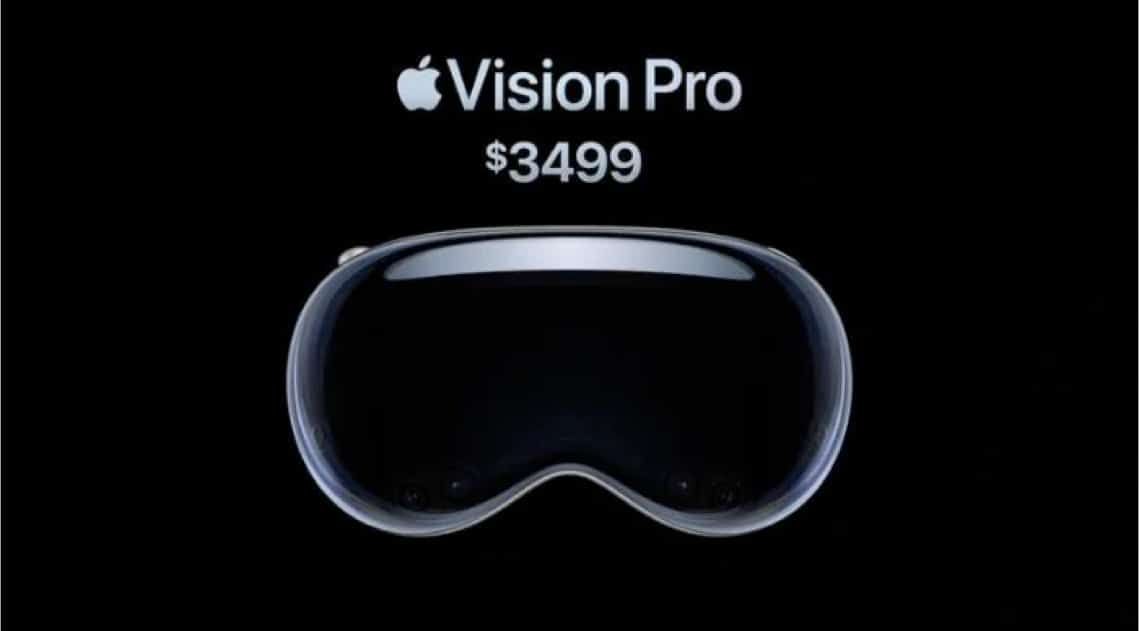
In comparison, Meta adopts a customer-friendly price range for Quest products. If you are planning to buy the Meta Quest 3, be ready to spend $499.99 for 128GB and $649 for 512GB from your pockets.
So, does Apple have what it takes to justify its price tag? Or will Meta win the race just because it is pocket-friendly? Only time will tell. We can’t wait for 2024!
Apple Vision Pro vs Meta Quest 3 – Release date
Apple has said that the Vision Pro headsets will be available early next year, i.e., 2024. It’s quite unusual for Apple to just throw a vague release date into the air. But for what they are promising, it’s okay if they take some more time to perfect it.
Meta, on the other hand, is ready to launch its Quest 3 by the end of 2023. Just trying to beat the clock, maybe!
Apple Vision Pro vs Meta Quest 3 – What’s our take?
The Apple Vision Pro is a perfect combination of design and performance. With its cutting-edge technology, AR/VR headsets blur the line between the real and virtual worlds.
Its super-savvy features, robust power support, battery, better-than-4K display, and integration into Apple’s ecosystem – earn Vision Pro a big thumbs up. However, the hefty price of $3,499 might bog down most people.
Meta Quest 3 takes a big lead against Vision Pro with its pocket-friendly price tag. If you already use Quest 2, Quest 3 can be a good upgrade with a slimmer headset and a stack of powerful features. Further, Meta is promoting Quest 3 as a gaming device, which is not the case with Apple’s headset.
So, now, buying Apple Vision Pro and Meta Quest 3 boils down to your budget, preference, and purpose. I hope this comparative guide will help you make the right choice.
Read more:
